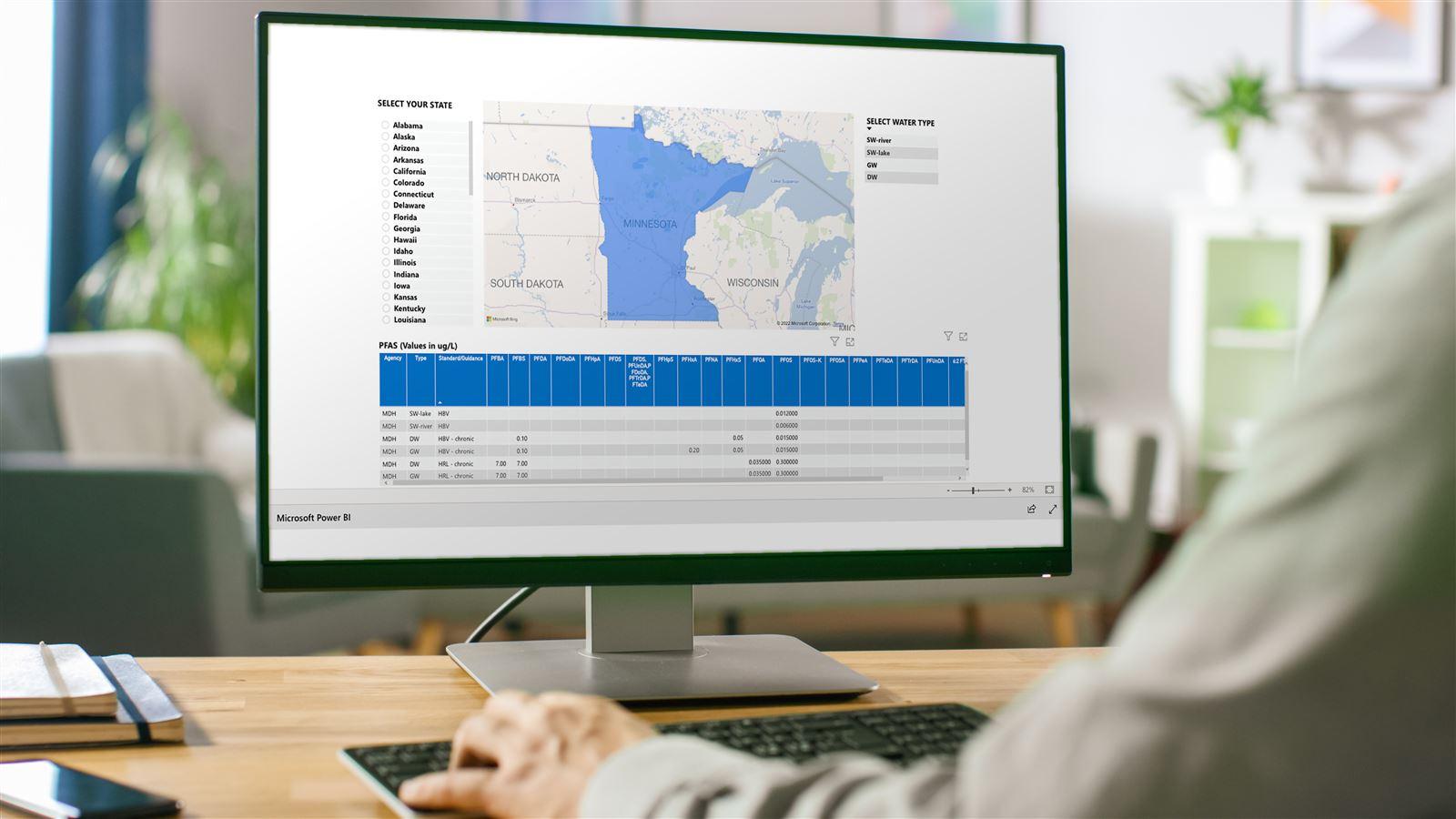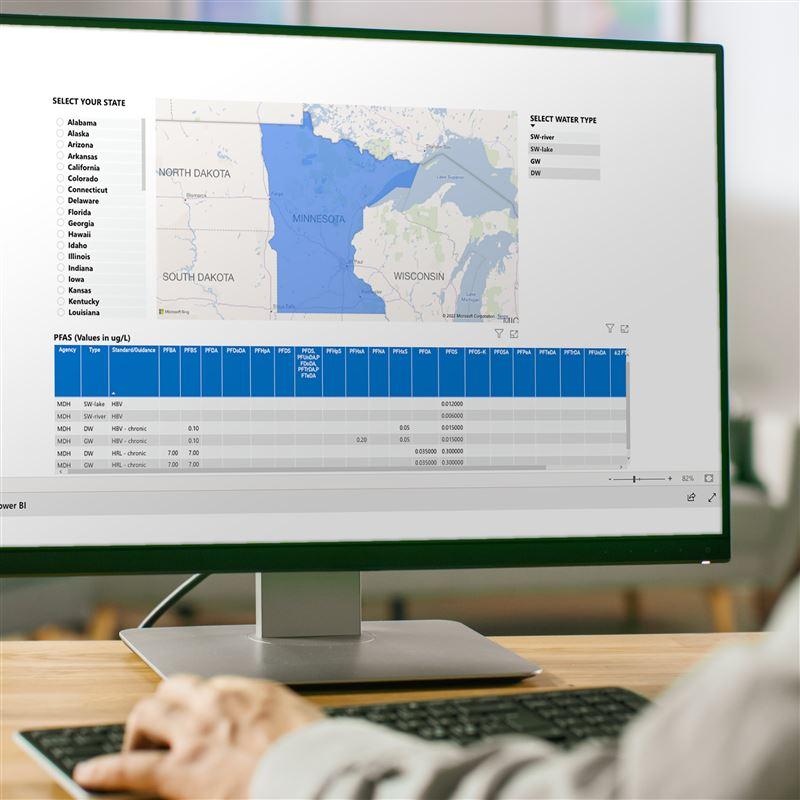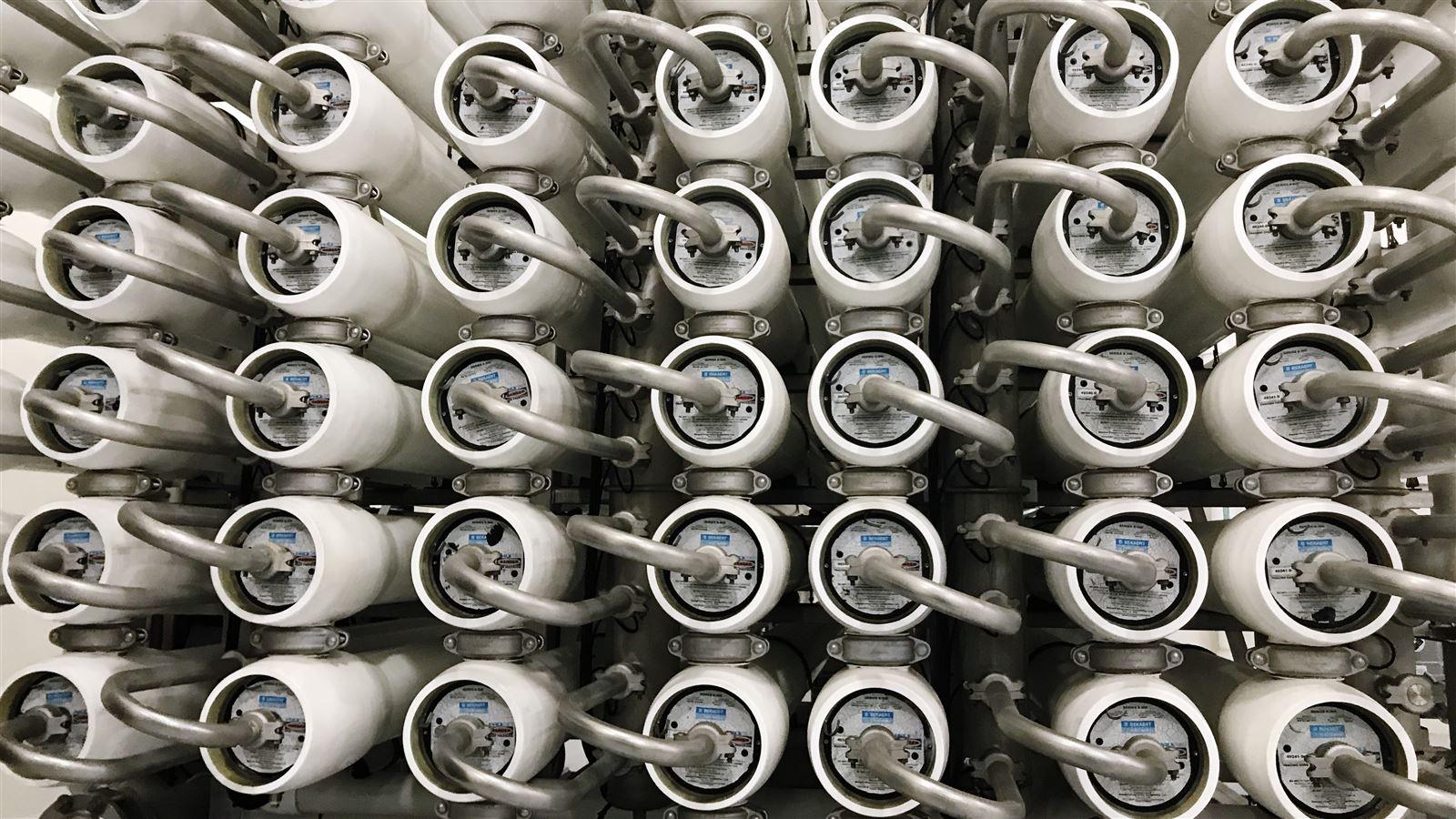Breaking Down EPA’s PFAS Maximum Contaminant Levels
Breaking Down EPA’s PFAS Maximum Contaminant Levels: Understanding the Basis, Implications, and What’s Next
Watch this Webinar and Earn a PDH
The U.S. Environmental Protection Agency (EPA) has proposed drinking water limits for PFOA and PFOS, as well as four additional analytes tied to adverse health effects. The new maximum contaminant levels (MCLs), represent the U.S. Government’s first enforceable regulatory action to address PFAS.
The proposal, if finalized, specifically targets PFOA and PFOS as individual contaminants and will regulate four other PFAS—PFNA, PFHxS, PFBS, and GenX Chemicals—as a mixture.
Proposed Limits:
• PFOA and PFOS: 4 parts per trillion.
• PFNA, PFHxS, PFBS, and GenX: Site-specific limitations on any mixture containing one or more of PFNA, PFHxS, PFBS, and/or GenX Chemicals. Potential risk would be assessed using a hazard index calculation, defined in the proposed rule.
It is critical for drinking water suppliers to understand the options available to them, and the treatment efficacy of the available treatment techniques in achieving these PFAS objectives.







